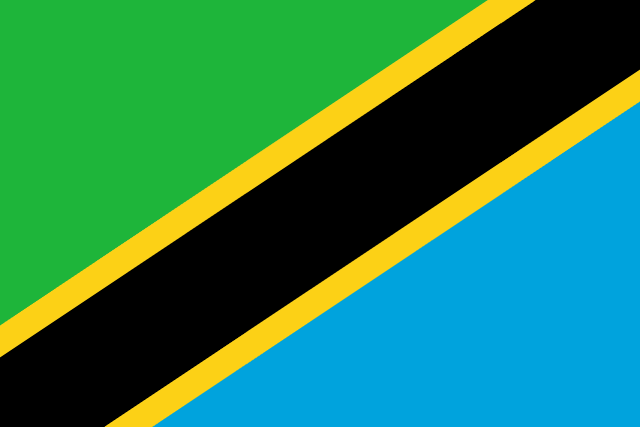Country Information
| Sovereign State | Yes |
| Country Codes | TZ, TZA, 834 |
| Official Name | United Republic of Tanzania |
| Continent | Africa |
| Capital | Dodoma (official), Dar es Salaam (former capital and major commercial city) |
| Government Type | Unitary Presidential Republic |
| Currency | Tanzanian Shilling (TZS) |
| Calling Code | +255 |
| Member Of | United Nations, African Union, East African Community, Southern African Development Community |
| Population | Approximately 61 million |
| Total Area | 945,087 km² |
| Highest Point | Mount Kilimanjaro (5,895 meters, 19,341 feet) |
| Lowest Point | Indian Ocean (0 meters, 0 feet) |
| GDP Per Capita | USD 1,080 |
| Life Expectancy | 65 years |
| Internet TLD | .tz |
Tanzania National Anthem
Mungu ibariki Afrika (God Bless Africa)
God bless Africa,
Bless its leaders.
Wisdom, unity, and peace,
These are our shields.
Flags of Neighboring Countries
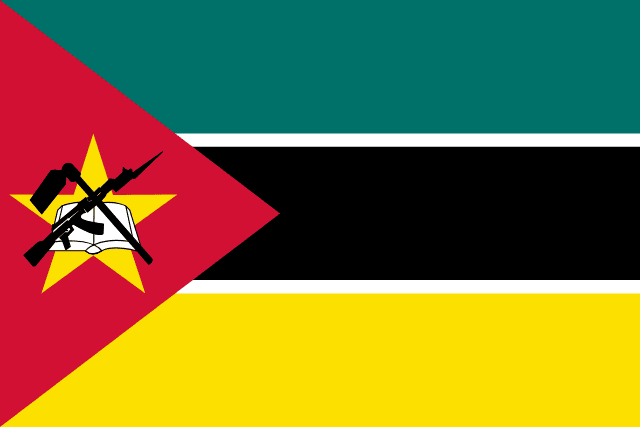


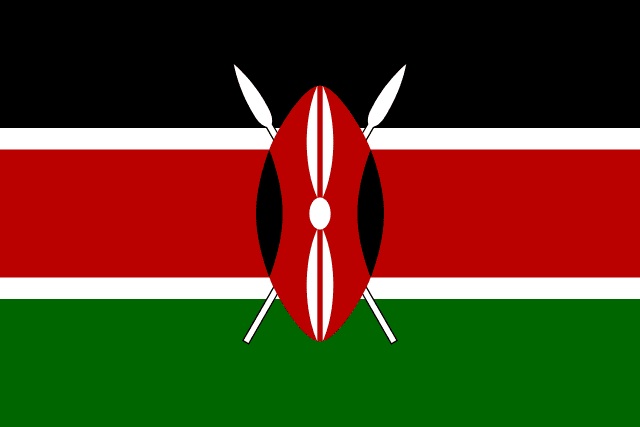
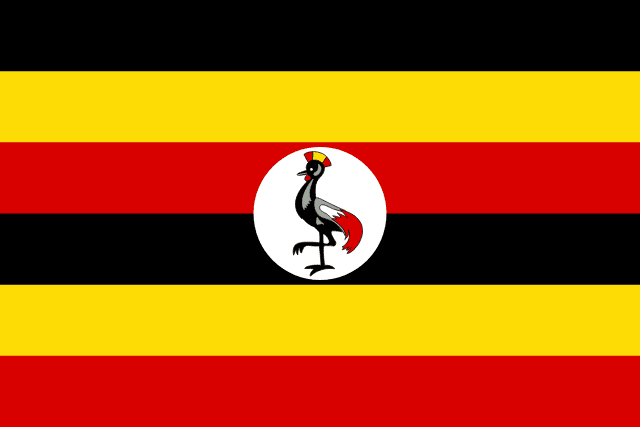
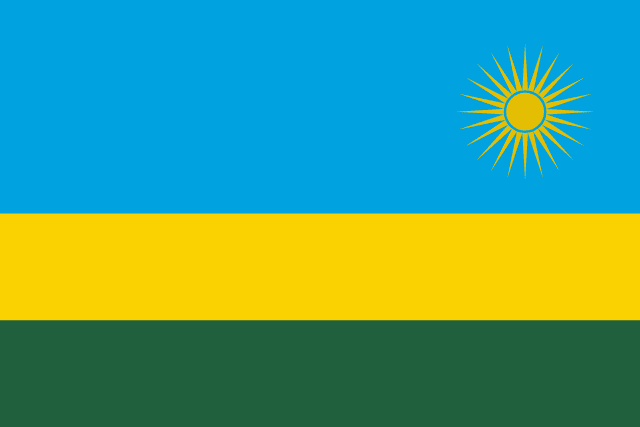


History of the Tanzania Flag
The national flag of Tanzania was officially adopted on June 30, 1964, following the union of Tanganyika and Zanzibar, which formed the United Republic of Tanzania. The flag is a merger of the flags of Tanganyika and Zanzibar.
The flag consists of a diagonal black band divided by a thin yellow stripe, set against a background of green (at the bottom) and blue (at the top). The green symbolizes the country’s natural resources, particularly agriculture and the fertile lands. The black represents the Tanzanian people, yellow stands for the country’s mineral wealth, and blue represents the Indian Ocean, as well as the nation’s numerous lakes and rivers.
The design of the Tanzania flag represents the country’s rich natural resources, its people, and its geographical features. The flag’s colors are also Pan-African colors, signifying Tanzania’s commitment to African unity and independence.
Since its adoption, the flag has become a symbol of national pride and unity in Tanzania. It is flown on public buildings, at national events, and represents Tanzania in international forums. The flag is a reminder of the country’s journey from colonialism to independence, its cultural diversity, and its aspirations for peace and prosperity.

